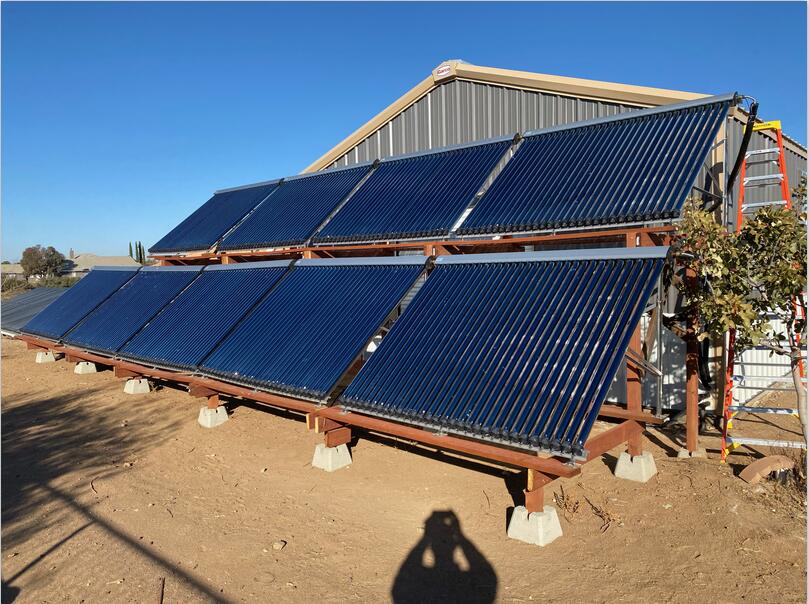
[Abstract]
The sun is the driving force of almost all natural phenomena on the earth, as well as the driving force of many other renewable technologies. The sun heats the air, causing it to rise and flow, creating wind currents. By evaporating water and triggering a water cycle, rivers and surface water can continue to flow. The energy of the sun is what makes wind turbines, hydroelectric dams and many other technologies work. In addition to providing energy for these processes, the energy of the sun can also be used for heating and generating electricity.
[Text]
Passive Solar
Passive solar systems rely on the direct use of heat from the sun. Everyone may passively use solar energy without realizing that this is achieved by drying clothes to dry or opening blinds to heat the interior of the building on a sunny winter day. By adopting the second idea and designing buildings around it, passive solar houses can be realized. These energy-efficient buildings have large windows facing south or southwest (or north if the building is in the southern hemisphere (or north if it is north)) to allow sunlight to heat the room. These houses usually have thermal mass, which is a large object that can absorb and retain heat during the day and slowly release heat at night as the temperature drops. A typical example of thermal mass is concrete floors. For those planning to build a new house, passive solar houses will help reduce energy costs throughout their life cycle.
Solar Space Heating
Space heating requires solar collectors to be installed on the roof of a building or in a sunny place nearby. These collectors are usually reflective black boxes (about the same size as solar panels) with black-painted pipes inside. The fluid is pumped through the pipe, where it is heated by the sun, and then brought inside to provide heat. One of these fluids is air, and fans can be used to transport air throughout the building. Another option is to heat the liquid such as water or refrigerant in the collector and store it in a water tank. The heat from this tank can be integrated into the existing furnace system.
Solar Water Heating
The process of solar heating is very similar to that of active space heating. Inside the solar collector, the water is heated by the sun before being transported to the storage tank. Since the density of hot water is lower than that of cold water, the hot water will rise to the top of the storage tank and can be taken out and used. Then, the cold water at the bottom of the storage tank can be pumped into the solar collector to heat it. Solar water heating systems are usually combined with other water heaters. This pairing helps reduce the burden of traditional water heating methods and ensures that warm water is always available when needed. Solar water heating for outdoor swimming pools is another common application of this technology.
Solar PV
Solar photovoltaic (PV) cells are used to generate electricity from solar energy, which is usually what people think of when they hear about solar renewable energy. Thin sheets of crystalline silicon are stacked to create a single solar PV cell, and a group of cells can be used to create a single solar panel. Solar panels are a group of solar photovoltaic panels. When sunlight hits the PV cell, the light can cause silicon to release electrons. The release and subsequent flow of electrons produces usable electricity. Changes in the structure of crystalline silicon in PV cells can be used to improve efficiency or reduce the ecological impact of the manufacturing process. As long as the light shining on the photovoltaic system provides a large amount of energy, the photovoltaic system can generate electricity, even on cloudy days.
【Conclusion】
Solar energy is energy from the sun that can be converted into heat or electricity. Solar energy is the cleanest and most abundant renewable energy. We need to use the world’s most abundant solar energy resources. Solar technology can use this energy for a variety of purposes, including generating electricity, providing light or a comfortable indoor environment, and fetching water for domestic, commercial or industrial use.